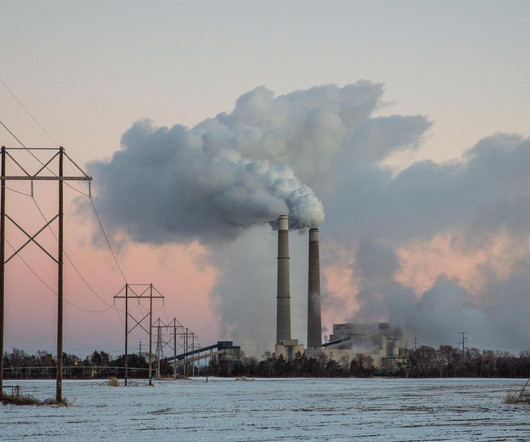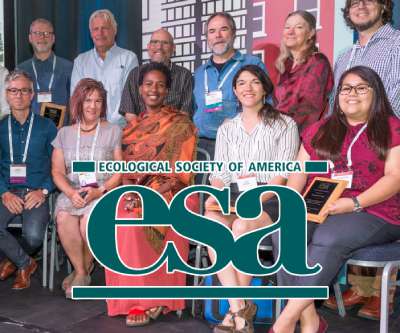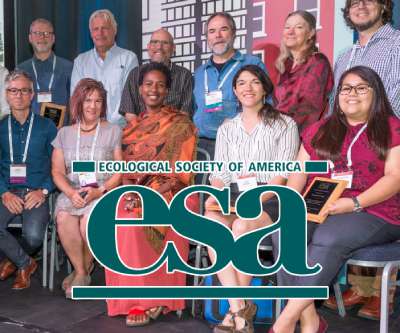Improving EPA’s Latest Ozone Transport Rule
Acoel
JUNE 29, 2022
It marks the seventh round of NOx controls for the EGU sector since 1990. The agency’s air quality modeling indicates that most areas would receive an ozone reduction of less than 0.1 enjoyed ozone reductions of 3 to 5 ppb or more. Ozone concentrations in over 70 percent (i.e., ppb by 2025. EPA estimated that: .

















Let's personalize your content